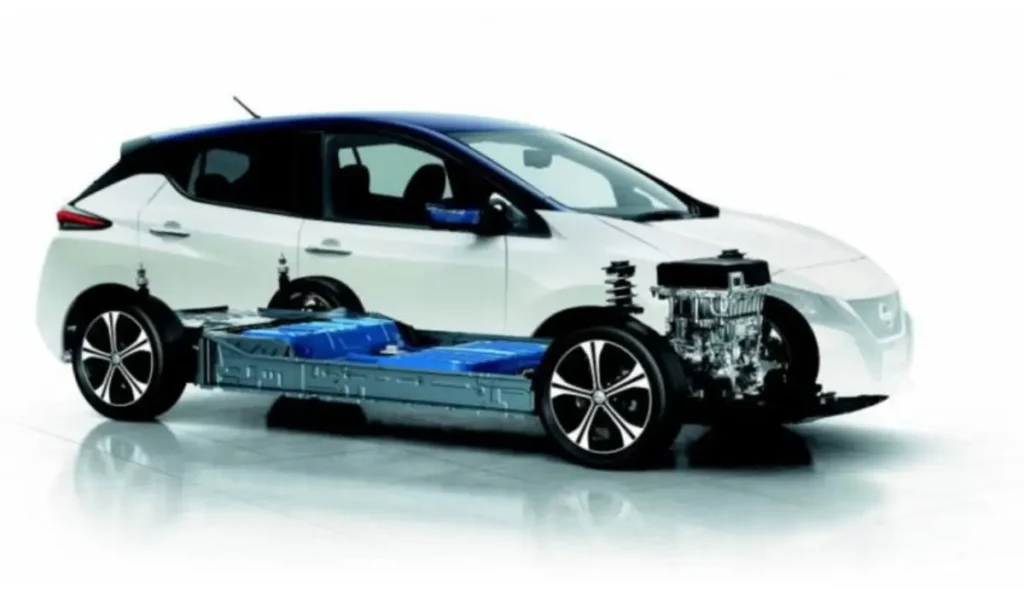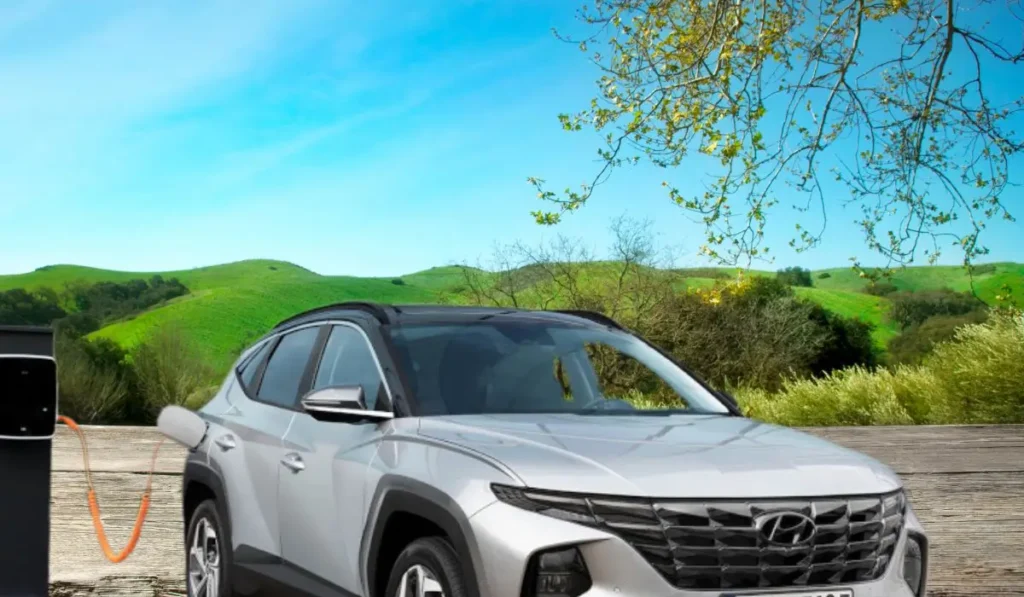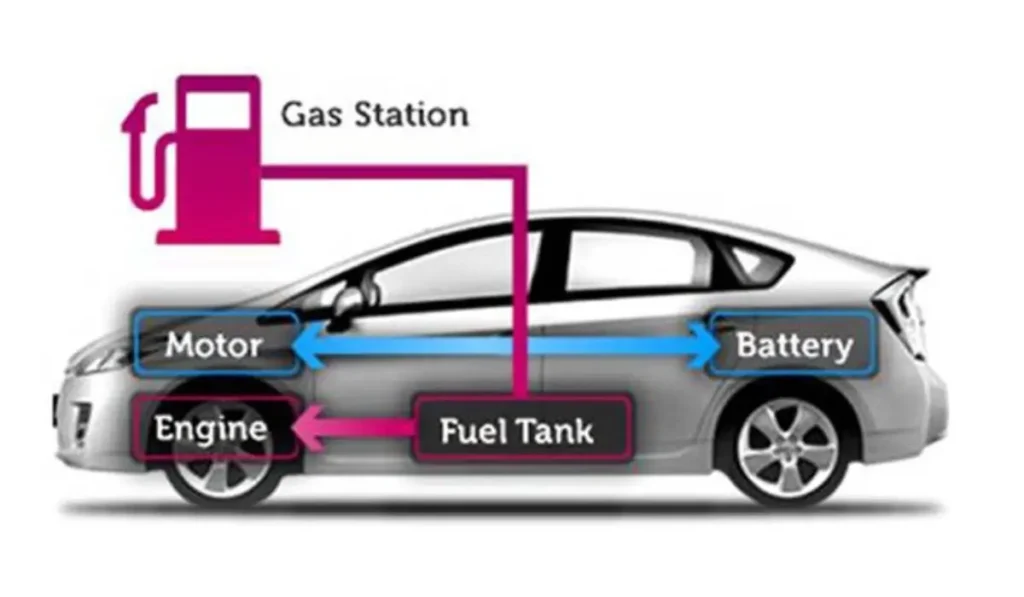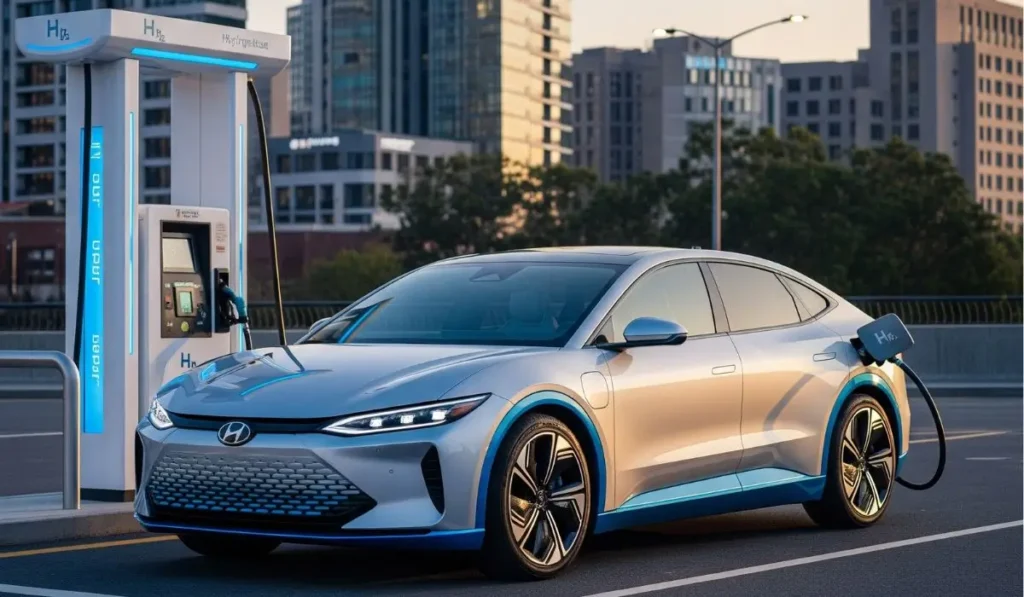Introduction
Electric vehicles (EVs) are becoming more popular every day, especially with rising fuel prices and growing concern for the environment. If you’re new to the world of EVs or just looking to understand more about them, you’re in the right place. In this guide, I’ll walk you through the different types of electric vehicles and the various charging standards you should know before making the switch.
At RA Electronics, we’re passionate about future-ready technology, and this article is a result of our own curiosity when exploring EVs for our families and our own commute!
Want to know how public charging stations work and how India is improving its EV ecosystem? Check out the guide on Charging Infrastructure for Electric Vehicles to explore more.
What Is an Electric Vehicle?
An electric vehicle (EV) is a vehicle that runs partially or entirely on electricity. Instead of relying on a traditional internal combustion engine (ICE), EVs use an electric motor powered by a battery.
There are different types of electric vehicles, depending on how much they rely on electric power. Let’s break them down.
Types of Electric Vehicles
1. Battery Electric Vehicle (BEV)

- Also known as: All-electric vehicles
- How it works: Runs completely on electric power from a rechargeable battery
- Examples: Tesla Model 3, Nissan Leaf, Hyundai Kona Electric
- Pros: Zero emissions, lower running costs, quiet operation
- Cons: Depends entirely on charging stations
Our Take: If you live in a city with good charging infrastructure and mostly drive short to medium distances, a BEV is a great eco-friendly option.
2. Plug-in Hybrid Electric Vehicle (PHEV)

- How it works: Uses both an internal combustion engine and an electric battery. You can charge it via a plug or rely on fuel when needed.
- Examples: Toyota Prius Prime, Ford Escape PHEV, BMW 330e
- Pros: Flexibility of electric + fuel, reduced emissions
- Cons: Heavier due to dual systems, limited electric-only range
Our Take: Ideal for those who want to test the waters of EV ownership without giving up fuel backup entirely.
3. Hybrid Electric Vehicle (HEV)

- How it works: Powered by both a petrol engine and an electric motor. The battery is charged through regenerative braking—no need to plug in.
- Examples: Toyota Camry Hybrid, Honda Accord Hybrid
- Pros: Great fuel economy, no charging hassle
- Cons: Less electric-only range, still uses fossil fuel
Our Take: Perfect if you’re not ready to deal with charging but want better mileage than a traditional petrol car.
4. Fuel Cell Electric Vehicle (FCEV)

- How it works: Uses hydrogen gas to generate electricity. The only byproduct is water vapor.
- Examples: Toyota Mirai, Hyundai NEXO
- Pros: Fast refueling, zero emissions
- Cons: Very limited hydrogen refueling stations, high cost
Our Take: FCEVs are futuristic but currently suitable only for areas with available hydrogen infrastructure.
EV Charging Standards and Types
Just like phones, EVs also need to be charged, only it takes longer and requires special charging stations. Here’s a quick guide to the EV charging levels and connector types you need to know.
Types of EV Charging
1. Level 1 Charging (Standard 120V AC)
- Where to use: Home (using a standard wall outlet)
- Charging time: 8–20 hours for a full charge
- Ideal for: Overnight charging at home
Note: This is the slowest type but requires no extra setup.
2. Level 2 Charging (240V AC)
- Where to use: Home (with setup), workplaces, public charging stations
- Charging time: 4–8 hours for a full charge
- Ideal for: Daily use and faster home charging
Note: Many EV owners install a Level 2 charger at home for convenience.
3. Level 3 Charging / DC Fast Charging
- Where to use: Commercial charging stations
- Charging time: 15–60 minutes to charge up to 80%
- Ideal for: Long road trips or fast top-ups
Note: Not all EVs support fast charging, so check your car’s compatibility.
Common EV Charger Connector Types
| Connector | Used For | Region | Vehicle Types |
|---|---|---|---|
| Type 1 (SAE J1772) | AC charging | North America, Japan | Nissan Leaf, Chevrolet Volt |
| Type 2 (Mennekes) | AC charging | Europe, India | BMW i3, Hyundai Kona |
| CCS (Combined Charging System) | DC fast charging | Europe, North America | Tesla, VW ID.4 |
| CHAdeMO | DC fast charging | Japan | Nissan Leaf |
| GB/T | AC & DC | China, India (some models) | TATA Nexon EV, MG ZS EV |
At RA Electronics, one of our team members recently bought a TATA Nexon EV, and the difference in monthly fuel savings has been incredible! Although the initial setup cost was higher, the low maintenance and eco-friendliness make it absolutely worth it.
Conclusion
Electric vehicles are not just a trend—they’re the future of transportation. Whether you’re planning to buy your first EV or just want to understand how they work, it’s essential to know the types of electric vehicles and the charging standards available.
By choosing the right type of EV and understanding how to charge it efficiently, you can enjoy a cleaner, quieter, and more cost-effective driving experience.